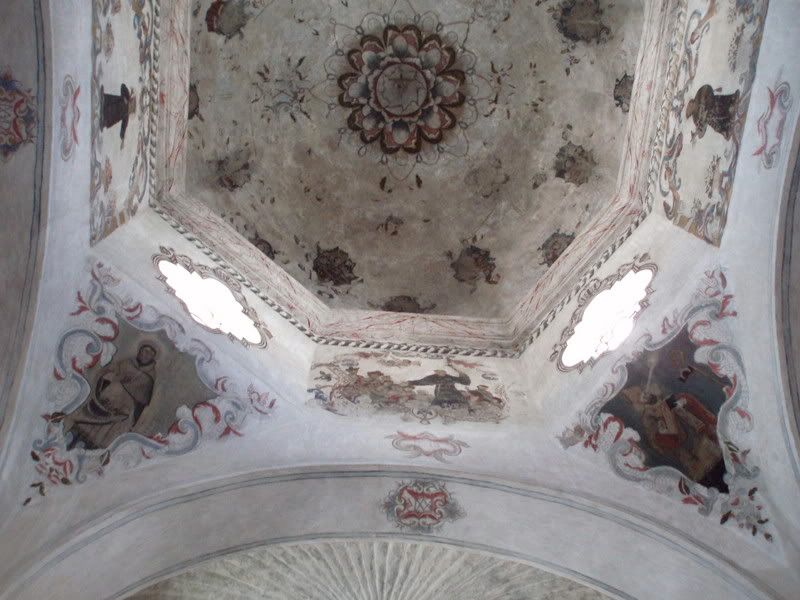
52 feet separate us from the saints of the domed ceiling. San Xavier Mission is a Marian Shrine. Among the sculpted and painted icons, 50+ statues, images of Mary reign supreme. She cradles babes, more midget than infant and studies visitors from every corner. Unbending in what appears to be a vintage bridesmaid dress, Mary is almost within reach.
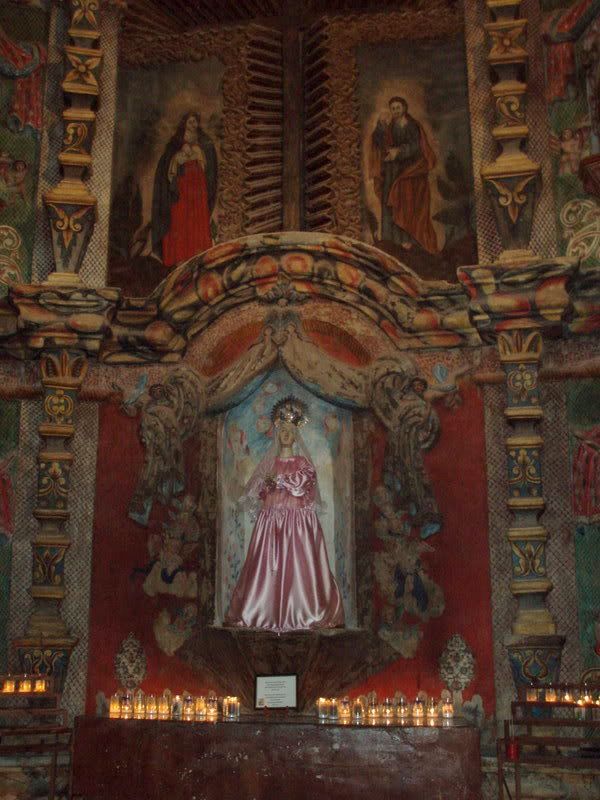
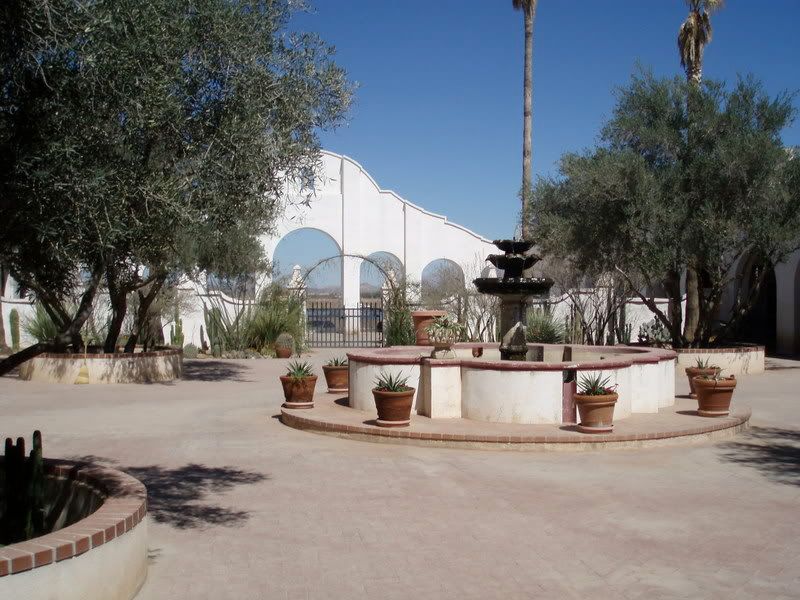
An on site museum and PBS film reveal a San Xavier web sticky with details of prehistoric people, modern natives, colonialism, Catholicism, migration, irrigation and war. Follow-up reading did little to help me discern the greyrobes from the backrobes or the timeline of the Mission's transition from Jesuit to Franciscan. San Xavier was founded by Padre Kino in 1692. Under Spanish occupation the Pima basin (modern Tucson area) and her people were exploited in the quest for silver. Violent disrespect of native hunting and migration prompted aggression and confrontation between colonialists and natives. San Xavier mission continued to grow in spite of "disturbances" in surrounding areas. Grow. Not prosper. Unlike many, this mission was never wealthy. According to the formal transfer of property recorded June 16, 1765 on arrival of a new priest, the possessions of San Xavier included:
- 334 branded cattle
- 1 gentle mule
- 7 sawbucks
- 1 mason trowel
- 1 curtain of striped satin
- 1 gilded tabernacle with key
- 4 jugs of wine
- 10 hunks of salt
 Construction of the mission ended in 1797, with it's second tower mysteriously incomplete. The native Tohono O'odham, many of whom converted under Father Kino's guidance, are recognized for building the mission, but no records remain of the artisans responsible for the Mexican baroque and Roman Catholic stylings of San Xavier.
Construction of the mission ended in 1797, with it's second tower mysteriously incomplete. The native Tohono O'odham, many of whom converted under Father Kino's guidance, are recognized for building the mission, but no records remain of the artisans responsible for the Mexican baroque and Roman Catholic stylings of San Xavier. Spanish occupation of the region ended in 1821 with the establishment of the independent Republic of Mexico. The mission changed hands again in 1854 when the Gadsden purchase brought the territory under US control. While states swapped command of the area, the Mission continued to evolve, adding new construction even as the original structure was deteriorating.
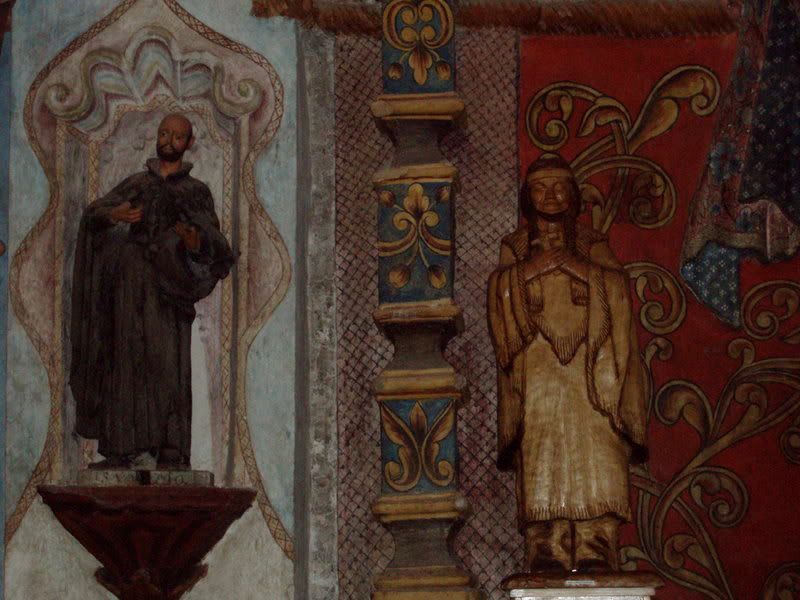
In 1978, an independent non-profit formed to refurbish San Xavier. A team of experts, including local Tohono O'odham artist/restoration/curator apprentices, spent years dedicated to the restoration of the Mission. A second team, a local construction company, lead the external rehabilitation. After years of failed experiments, they discovered what the Tohono O'odham knew 200 years earlier. The best mortar for desert conditions is a mixture or lime, sand and cactus juice.
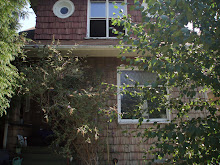
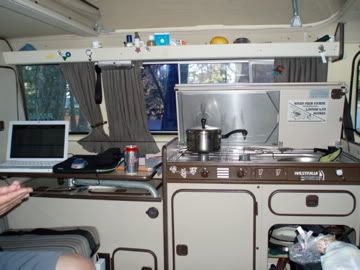


No comments:
Post a Comment